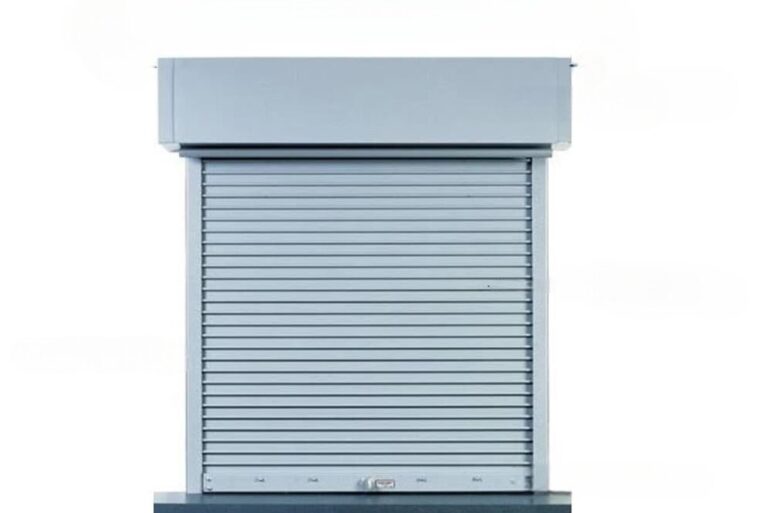
When it comes to interior design, every detail matters. From the color scheme on the walls to the furniture arrangement, each element contributes to the overall ambiance of a space. One often overlooked yet incredibly impactful design feature is the ceiling. While conventional ceilings serve a functional purpose, the introduction of false ceilings has revolutionized interior aesthetics by providing a canvas for creativity and elegance.
What are False Ceilings?
False ceilings, also known as drop ceilings or suspended ceilings, are secondary ceilings installed below the main structural ceiling of a room. They are typically created using a grid system that holds ceiling panels or tiles in place. This system allows for easy installation of lighting fixtures, air conditioning vents, and other utilities without compromising the visual appeal of the space.
Enhancing Aesthetics Through Design
False ceilings offer a plethora of design possibilities that can transform the look and feel of any room. Here’s how they enhance interior aesthetics:
1. Ambient Lighting: One of the most enchanting aspects of false ceilings is their ability to host hidden lighting fixtures. Recessed lights, LED strips, and pendant lights can be strategically placed to create an atmospheric glow. This soft and indirect lighting not only adds warmth to the space but also complements the room’s overall theme.
2. Dimension and Depth: False ceilings introduce an element of depth to the room. By playing with levels and layering, designers can craft a sense of dimension that makes the room appear larger and more dynamic.
3. Concealed Infrastructure: Modern interiors demand a seamless appearance. False ceilings provide the perfect solution to hide unsightly wires, air conditioning ducts, and plumbing lines. This uncluttered look contributes to the overall cleanliness and sophistication of the space.
4. Acoustic Comfort: Acoustics play a significant role in interior comfort. False ceilings can be designed to incorporate acoustic panels that absorb and dampen sound, thereby improving the overall auditory experience within a room.
5. Style and Texture: From minimalist to ornate, false ceilings can be designed to match a wide array of design styles. Whether you prefer a clean, simple look or a more intricate pattern, the choice of ceiling tiles, colors, and finishes can add a layer of texture that complements the rest of the decor.
6. Focal Points: False ceilings can serve as focal points in a room. By incorporating creative designs, patterns, or even 3D elements, the ceiling becomes a captivating centerpiece that draws the eye upwards.
7. Theme Reinforcement: For themed interiors, false ceilings can reinforce the chosen concept. From starlit skies for a celestial theme to wooden slats for a rustic ambiance, the ceiling can harmonize with the overall design narrative.
8. Personalized Expression: The design possibilities are limited only by imagination. False ceilings allow homeowners and designers to express their creativity and uniqueness, resulting in personalized spaces that resonate with the occupants.
Conclusion
False ceilings have transcended their utilitarian origins to become integral components of contemporary interior design. By offering the freedom to experiment with lighting, textures, patterns, and materials, these ceilings elevate the aesthetics of any space. From residential homes to commercial spaces, false ceilings have proven their ability to create striking, harmonious, and visually captivating interiors. As the world of design continues to evolve, the allure of false ceilings remains timeless, inviting us to explore the endless possibilities they bring to interior aesthetics.




